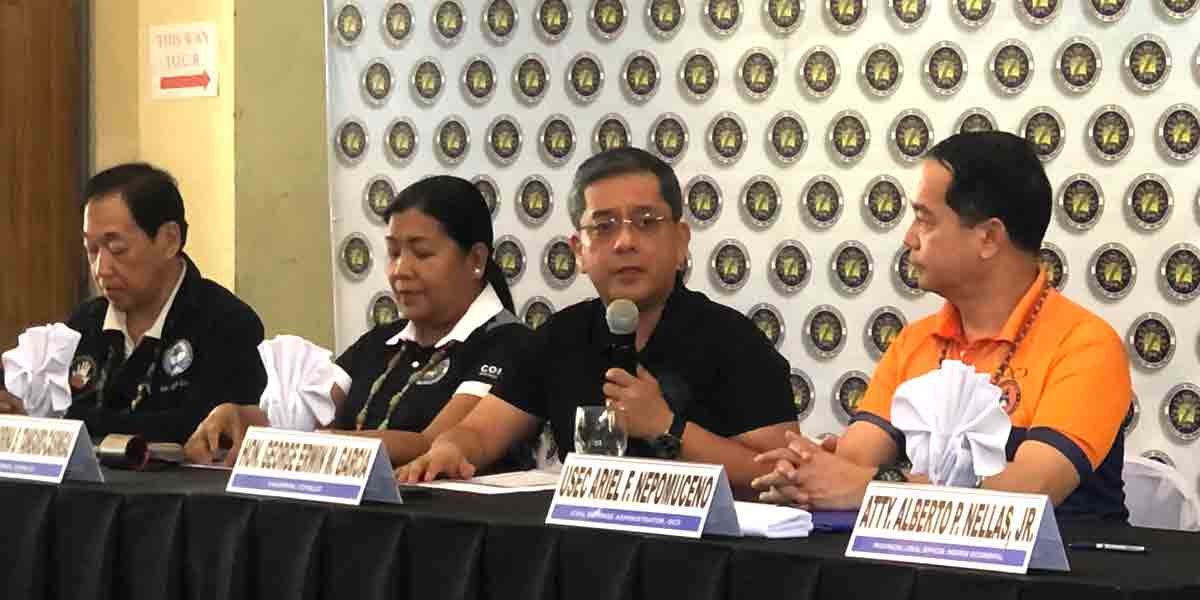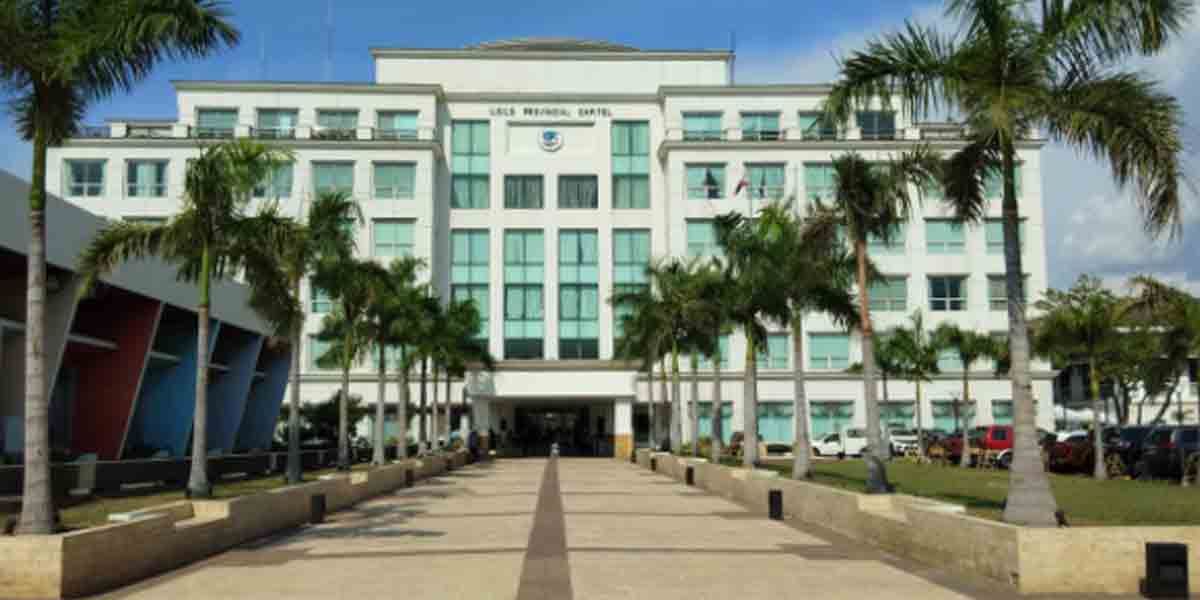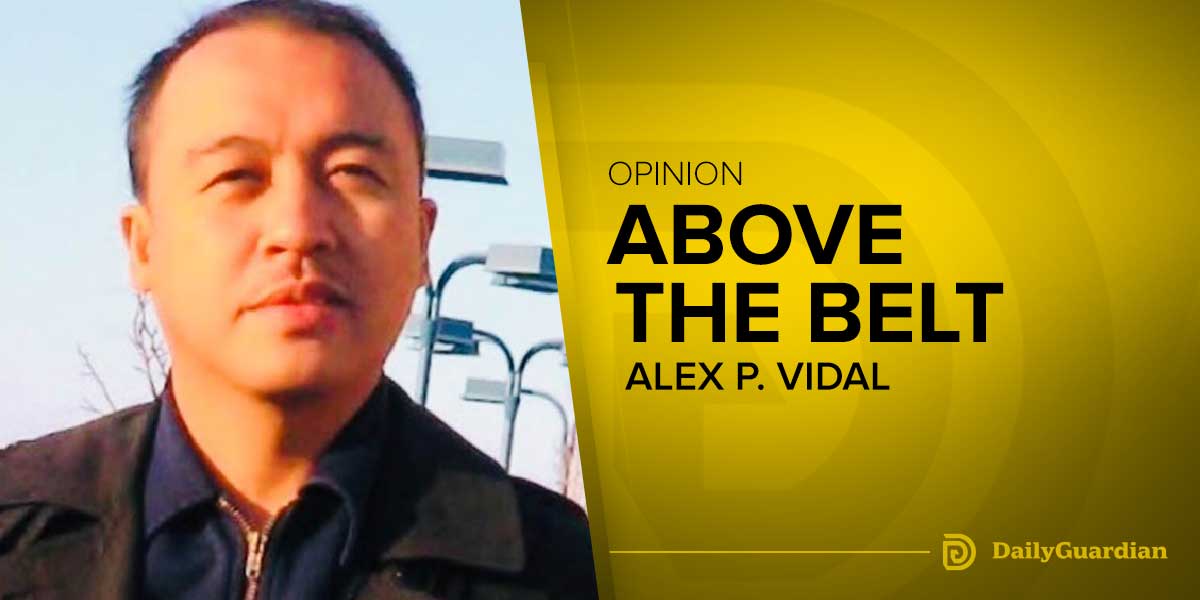By Thomas Wilkins
Policymakers, analysts, and scholars have dedicated prodigious efforts toward fathoming the extreme complexity of the regional architecture—institutions, regimes, alliances, and other forms of multi/mini/bilateral cooperation—in the Indo-Pacific. With constant evolutions in this architecture, wrought by the appearance of new institutions and the gradual passing of others into obscurity, the task continues. One session of the Nonproliferation and Disarmament Study Group meeting of the Council for Security Cooperation in the Asia-Pacific (CSCAP) convened by Pacific Forum in Ho Chi Minh City in July debated the current state of the region and arrived at some of the following conclusions.
For starters, the nature of the regional architecture is becoming more, not less, complex and expansive, especially as the regional focus broadens and elides toward “Indo-Pacific” institutions. Many epithets have been coined to capture this condition, such as a “complex patchwork” (Victor Cha), or a “tangled web” (William Tow), as part of a “multiplex” order (Kishore Mahbubani). Though observers were often wont to point to the institutional underdevelopment of regional organization in comparison to the Euro-Atlantic security complex, it is not a lack of institutions—they continue to proliferate—but lack of effectiveness that often characterizes the region.
Coming up with some workable schemata to capture the structuring and dynamics of the region’s architecture is no mean feat, and efforts to systematize our understanding are a continuing preoccupation among the strategic community. One way is to categorize the architecture as a whole into three (overlapping and interconnected) “layers.”
The first layer constitutes the most inclusive and pan-regional multilateral institutions, many driven by the Association of Southeast Asian Nations (ASEAN). Security and economic dialogue forums such as the ASEAN Regional Forum, East Asia Summit, ASEAN Plus Three (China, Japan, and the Republic of Korea), the Regional and Comprehensive Economic Partnership, and the ASEAN Defense Ministers Meeting+ constitute the organisation’s claim to “centrality.” These are accompanied by more US-orientated organizations such as the venerable Asia Pacific Economic Cooperation forum, and the substitute for the Trans-Pacific Partnership, the Comprehensive and Progressive Agreement for Trans-Pacific Partnership, championed by Japan and Australia.
Over the past couple of decades, however, China has taken a major role in establishing regional institutions configured to its own taste, such as the Asian Infrastructure Investment Bank (AIIB), the Belt and Road Initiative, and the Shanghai Cooperation Organisation (SCO). These are just some of the most prominent among a truly bewildering array of multilateral institutions, and there are many more at a sub-regional level, such as the Pacific Islands Forum.
Most of these multilateral dialogues are relatively inclusive, though some states are notably excluded (e.g., the United States from the SCO), or in some cases have declined membership (e.g., the United States and Japan with the AIIB). Also, since these multilaterals are so inclusive, they suffer from a lack of consensus, inhibiting their efforts to resolve important security and economic questions. They are far from approaching any notion of “collective security,” with the arguable partial exception of ASEAN itself as a self-proclaimed “security community.” Moreover, some of these institutions have become arenas for great power rivalry, as leading states seek to win the allegiance of smaller members and ensure their interests prevail against those of their competitors.
Consequentially, the second layer of regional architecture, pivoting on the US “hub and spokes” system of bilateral alliances, remains highly relevant, not just to Washington and its allies, but to the other states in the region as well. Because these alliances are typically anchored in a binding mutual security treaty (through there are caveats to this), they are the closest we have to any form of “collective defense” mechanism. Even non-allies view the presence of US military power and regional engagement as an essential counterweight to their concerns about China. Significantly, the original hub-and-spokes model has begun to transform itself through a reshuffling of the relative importance and commitment of allies, and the addition of non-alliance forms of security cooperation with regional states known as “strategic partnerships.”
But most recently, a third layer has begun to (re-)emerge, either at the interstices of these two original layers or apart from them. New small-group “minilaterals” such as the Quadrilateral Security Dialogue and the trilateral security pact between Australia, the United Kingdom, and the United States, dubbed AUKUS, feature most prominently in strategic debates. Yet they join older configurations such as the US-Japan-Australia Trilateral Strategic Dialogue and the UK-Australia-New Zealand-Singapore-Malaysia Five Power Defence Arrangement and emerging ones such as the Australia-India-Indonesia trilateral, and a putative US-India-France-Australia quadrilateral, with the scope of the latter two focused primarily on Indian Ocean affairs. This telegraphs a shift towards a more Indo-Pacific, rather than Asia-Pacific architecture in future.
Though minilateral forms of cooperation existed in the past—think of the Six Party Talks on North Korea’s nuclear program and Korean Peninsula Economic Development Organization—the greater proliferation of such minilaterals today is conspicuous. There are many explanations for this.
First, there may be some dissatisfaction with the performance of layer-one multilateral institutions, especially given the dissent between members over contested issues. Select states have turned to “like-minded” countries who share a closer alignment of values and interests to effect practical cooperative activities rather than pure dialogue. Second, many of the minilaterals are in some ways extensions of the layer-two US hub-and-spoke alliance system, bringing together allies and new strategic partners to advance common objectives. Third, some minilaterals, where Washington is absent, for example the Australia-India-Japan trilateral, create scope for cooperation between secondary powers where the United States does not share their interests or cannot allocate the necessary capacity, or, as a “hedge” against possible future US disinvolvement in Indo-Pacific affairs.
In sum, there is a burgeoning regional architecture increasingly extending out from what was once known as the “Asia-Pacific” to the Indian Ocean (the “Indo-Pacific”), with three layers, each holding institutions or configurations that can be functionally differentiated between “hard” or “soft” security foci, or economic imperatives, or come combination of both. Some institutions are inclusive and comprehensive, while others are more exclusive and reflect deeper alignment between their member states.
Distilling the relationship between these layers is a difficult task, but what can be said with a modicum of confidence is that they serve in tandem to contribute to the prevailing regional order by offering checks and balances on the behavior of individual states in some cases, whilst in others, permitting closer cooperation to provide collectively for national security. What they do not amount to is the elusive goal of an Indo-Pacific “community.” This will have to wait, and in the meantime building up the region’s architecture in an increasingly contested environment remains a work in progress.
Dr. Thomas Wilkins ([email protected]) is an Adjunct Senior Fellow (non-resident), Pacific Forum, Senior Fellow, Australian Strategic Policy Institute, and Senior Lecturer, University of Sydney.
PacNet commentaries and responses represent the views of the respective authors. Alternative viewpoints are always welcomed and encouraged.






















